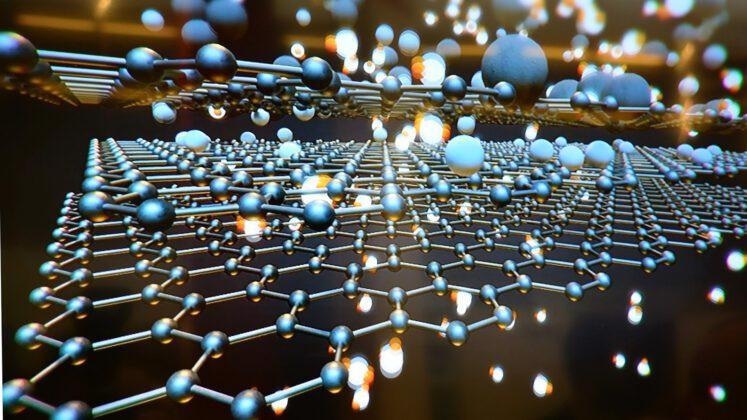Curtin University researchers have found applying a thin invisible layer of graphene oxide to silicon forms an impermeable barrier, which could be used to protect artwork, prevent corrosion of metals, and produce higher efficiency solar cells.

Image Credit: Curtin University
Lead author Dr Nadim Darwish from Curtin’s School of Molecular Life Sciences said while protective layers on silicon were already used as an efficiency enhancer in devices such as solar cells and microchips, the procedure for forming these protective coatings was complicated and required highly specialised fabrication laboratories.
“Silicon solar cells often require the application of a layer of alumina, silica or other material to increase their efficiency in transforming sunlight to electricity. Our breakthrough was finding that graphene oxide reacts quickly with silicon without the need for external catalysts, additives or complicated procedures,” Dr Darwish said.
“We found the graphene oxide protects silicon from ambient oxygen for at least 30 days, which is a significant step forward in applying the properties of 2D materials such as graphene and graphene oxide to make silicon even more efficient and useful.”
Research co-author PhD student Soraya Rahpeima, also from Curtin’s School of Molecular Life Sciences said the new method could potentially enable development of new types of solar cells for more efficient generation and supply of power along with many applications in electronics.
“This breakthrough opens a whole new realm of possibilities even beyond silicon research,” Ms Rahpeima said.
“For example, graphene and graphene oxide can be used to protect sensitive materials from gases and ambient environments including ultraviolet light.
“A thin, invisible, and flexible layer when applied to artwork such as valuable paintings and stamps could potentially protect them from harmful light and moisture and other damaging elements contained in air without the need to cover the artwork with thick glass or protective layers that diminish the beauty of the artwork.”
The paper, ‘Impermeable Graphene Oxide Protects Silicon from Oxidation’, was published in journal ACS Advanced Materials & Interfaces can be found online here.
The paper was co-authored by Associate Professor Simone Ciampi and PhD student Essam Dief, both from Curtin’s School of Molecular Life Sciences and Professor Colin Raston from Flinders University.
Source: https://www.curtin.edu.au/